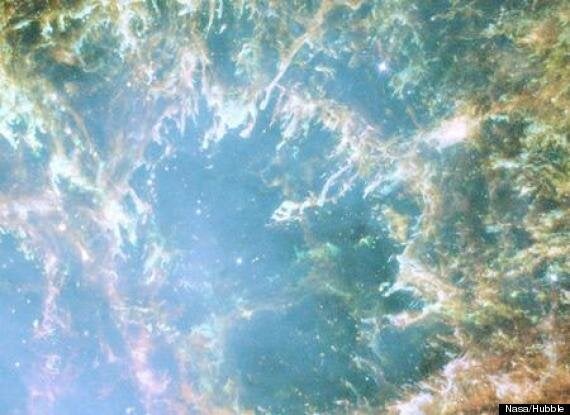Scientists studying coronal mass ejections (CMEs) have found similarities between the surface of the Sun and supernova in a giant nebula thousands of light years away.
Almost every day on the already turbulent surface of the Sun, a particularly large burst of energy results in a CME.
These eruptions shoot plasma towards space but the majority is trapped by the Sun's gravity and falls back to the surface.

The"finger-like" plasma can be seen falling towards the surface
David Williams, one of the study’s authors, said: "We’ve known for a long time that the Sun has a magnetic field, like the Earth does.
"But in places it’s far too weak for us to measure, unless we have something falling through it. The blobs of plasma that rained down from this beautiful explosion were the gift we’d been waiting for."
During a particularly large CME on 7 June 2011, astronomers at the University College London’s Mullard Space Science Laboratory, had an unprecedented opportunity to study the phenomenon using data collected by NASA's Solar Dynamics Observatory (SDO).
Jack Carlyle, lead author of the study, said: "We noticed that the shape of the plume of plasma was quite particular.
"As it fell into the Sun, it repeatedly split apart like drops of ink falling through water, with fingers of material branching out. It didn’t stick together.

The Crab Nebula
"It’s a great example of an effect where light and heavy fluids mix."
Less dense materials typically float on top of denser ones without mixing together, for example oil sitting on water, or layers of different liqueurs in a cocktail.
Change the order by putting the denser fluid on top, however, and the denser one will quickly fall through the less-dense one until their positions are reversed.
The team then looked for instances of this happening elsewhere and found similarities in the Crab Nebula is the remnant of a supernova which exploded in the 10th century albeit on a much bigger scale.
In the millennium that has followed the explosion, denser matter has started to fall back into the centre of the nebula, exhibiting the same finger-like structures as the team observed in the Sun.